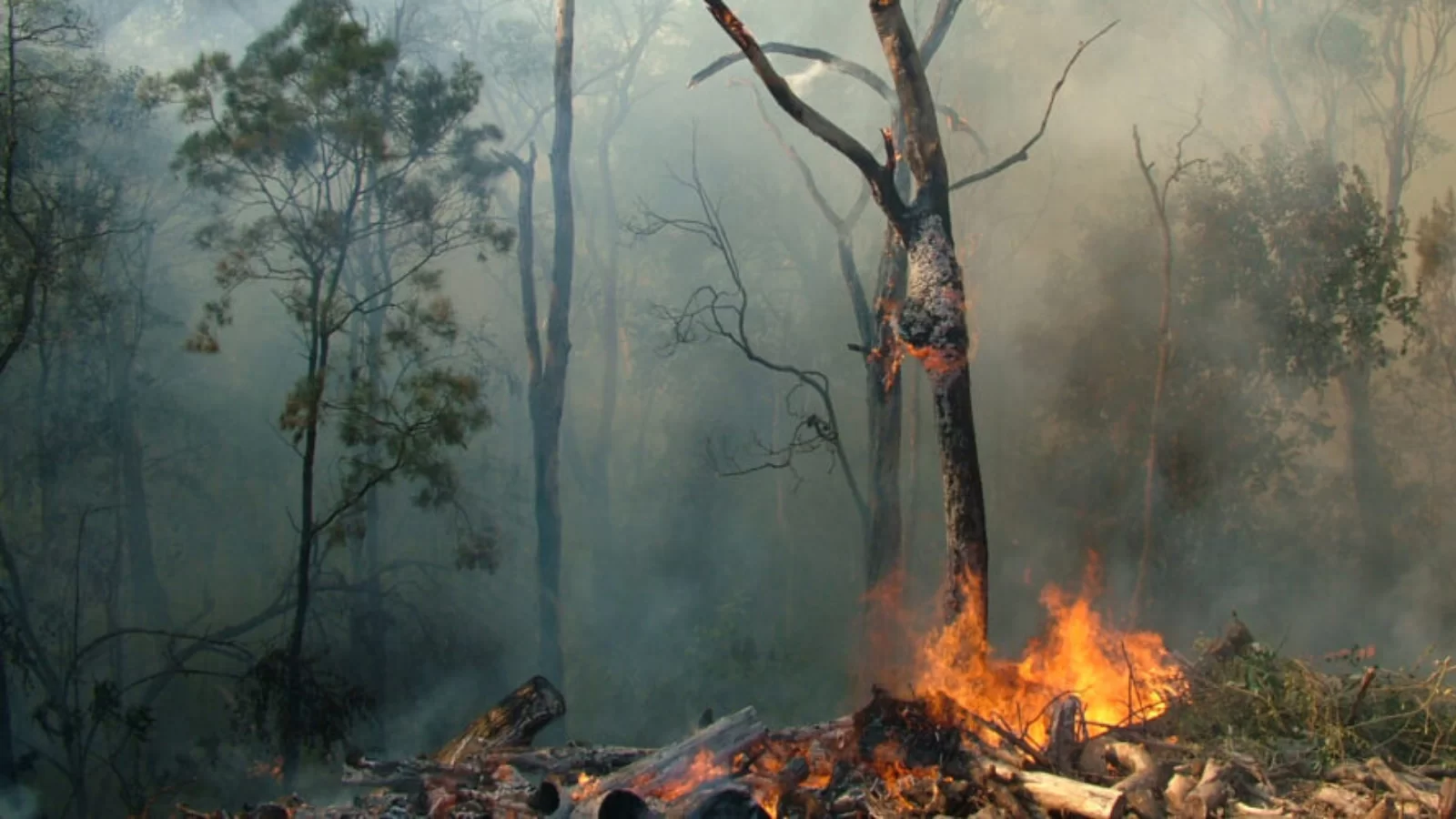
As temperatures soared to unprecedented levels across Asia in April, scientists are unraveling the searing reality: human-induced climate change has turned what once were considered ‘impossible’ heatwaves into a recurrent, devastating phenomenon.

From the bustling streets of Manila to the conflicted territories of Gaza, millions have suffered under the oppressive heat that settled over vast regions of Asia this spring.
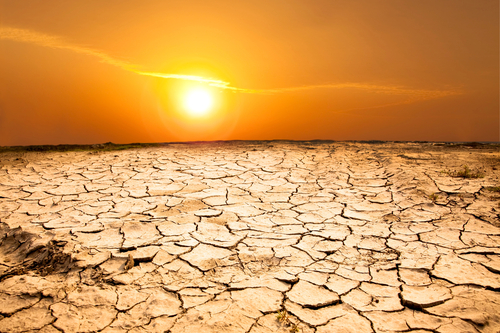
With temperatures exceeding 40 degrees Celsius (104 degrees Fahrenheit), the blistering heatwave has led to dozens of deaths, extensive crop failures, and forced the closure of thousands of schools.

The World Weather Attribution (WWA), an international team of climate researchers, has sounded the alarm on this meteorological menace. Utilizing peer-reviewed methods to identify the role of climate change in extreme weather, the WWA’s analysis paints a troubling picture.
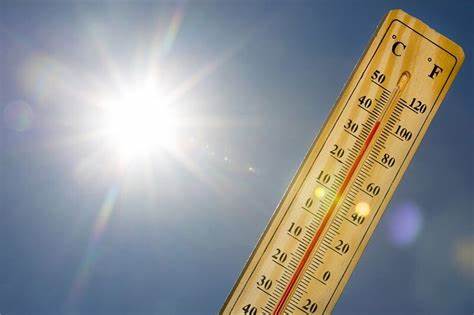
In the Philippines, the late April heatwave’s intensity reached levels that would have been ‘virtually impossible’ without human-induced climate changes, such as those caused by the burning of fossil fuels.
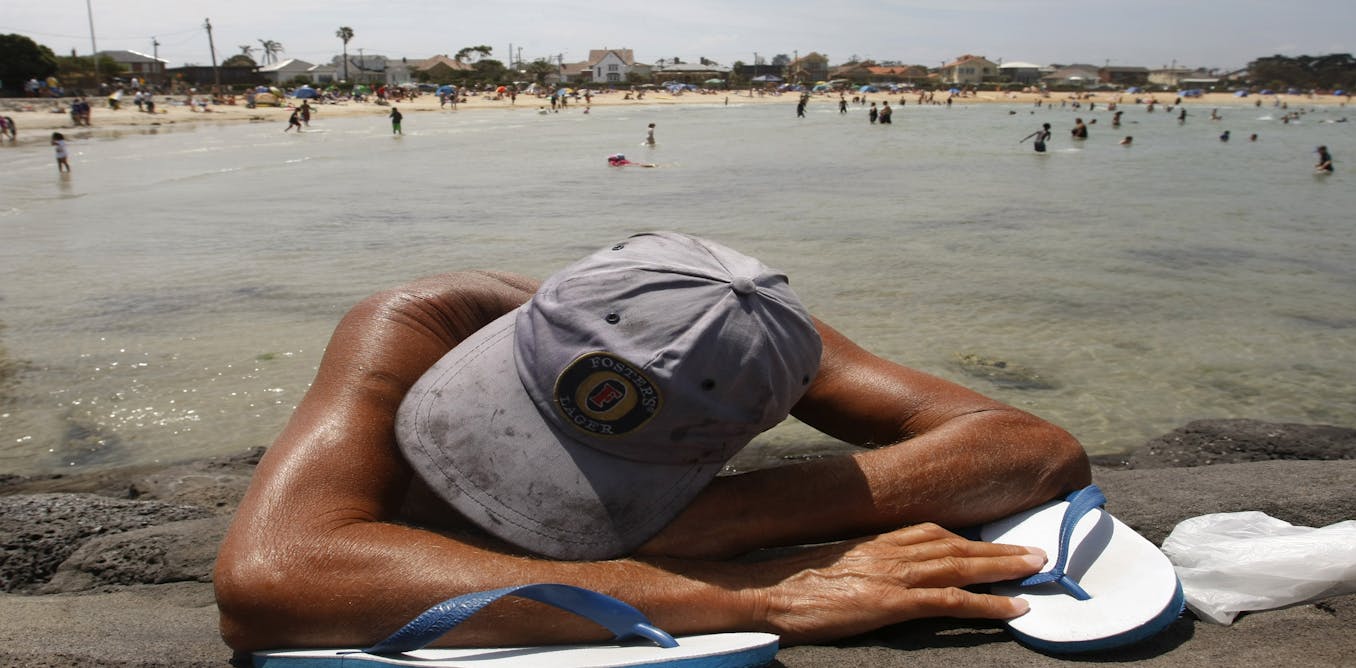
Dr. Friederike Otto, a climate scientist at the Grantham Institute–Climate Change and the Environment at Imperial College London and co-author of the study, highlighted the dire implications: “If humans continue to burn fossil fuels, the climate will continue to warm, and vulnerable people will continue to die.”
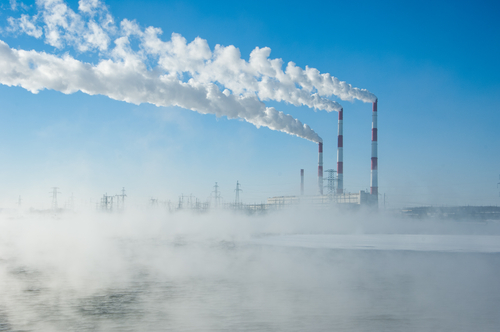
The study found that climate change made the recent heatwave five times more likely and 1.7 degrees Celsius hotter in West Asia, while it was 45 times more likely in South Asia and amplified temperatures by 0.85 degrees Celsius.

The plight of the impoverished and displaced was magnified by the scorching temperatures. In Gaza, over 1.7 million displaced individuals struggled in heat-trapping tents, further exacerbating their already critical access to clean drinking water and healthcare.
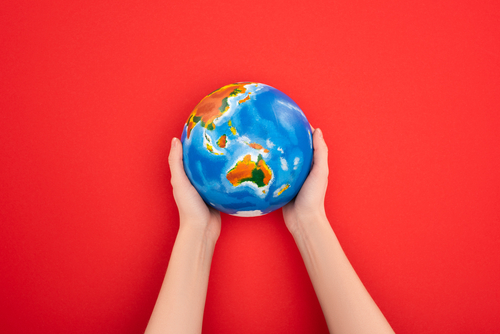
Simultaneously, in the Philippines, Dr. Carolina Pereira Marghidan, a heat risk consultant at the Red Cross Red Crescent Climate Centre, noted the compounded effects of the heat on those living in crowded shelters and informal outdoor settings.

Climate scientists warn that without significant and immediate action to reduce emissions, these life-threatening temperatures will become even more frequent and intense.

Mariam Zachariah, the lead researcher on the study, expressed the urgent need for policy and infrastructure to adapt to the damage already done, highlighting India’s robust heat action plan as a step in the right direction but underscoring that more protective measures are essential.

As global temperatures continue to rise, with an alarming expectation of reaching 2 degrees Celsius above pre-industrial levels, such scorching heatwaves are predicted to become an every two to three-year occurrence in places like the Philippines. Dr. Otto encapsulates the urgency: “Climate change is an absolute gamechanger when it comes to extreme heat.”
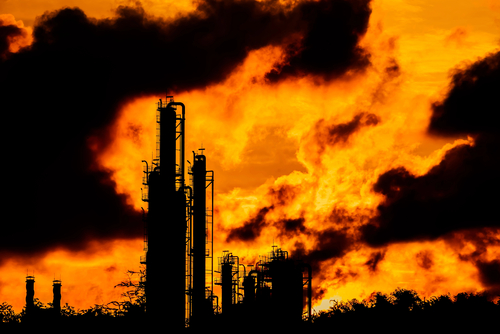
For those fascinated by the intersection of military history, technology, and contemporary geopolitics, these findings are not just abstract numbers. They represent a new battlefield where the adversaries are global warming and its catastrophic impacts on vulnerable populations, infrastructure, and national security.

The data underscores the critical importance of evolving military strategies and policies to address the multifaceted challenges posed by climate change.
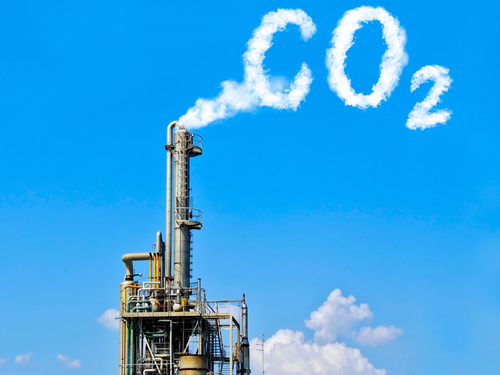
As the world reckons with the stark reality of climate-driven disasters, the science is clear: the heatwaves scorching Asia are a clarion call for swift and decisive action against the ongoing climate crisis.

Relevant articles:
– April Heat Waves from Gaza to the Philippines Were Made Worse by Climate Change, Scientific American
– ‘Impossible’ heatwave struck Philippines in April, scientists find, The Guardian
– Freak April heatwave in Southeast Asia ‘virtually impossible’ without climate crisis, Yahoo
– Sweltering heat across Asia was 45 times more likely because of climate change, study finds, The Washington Post
